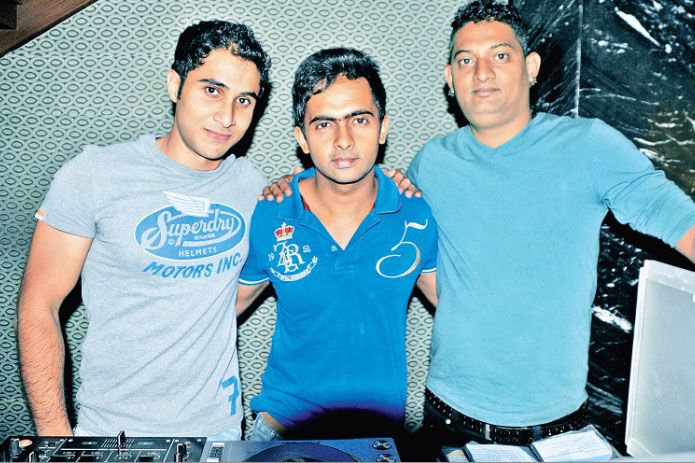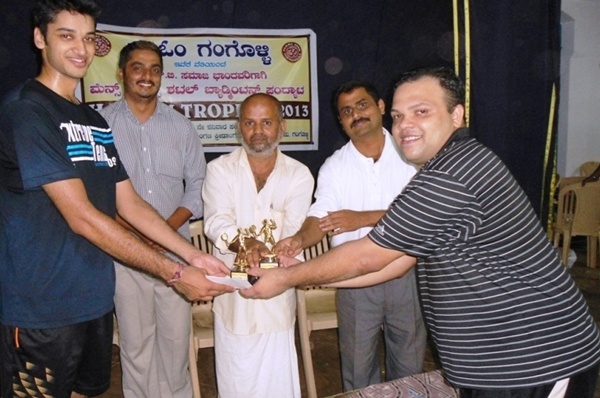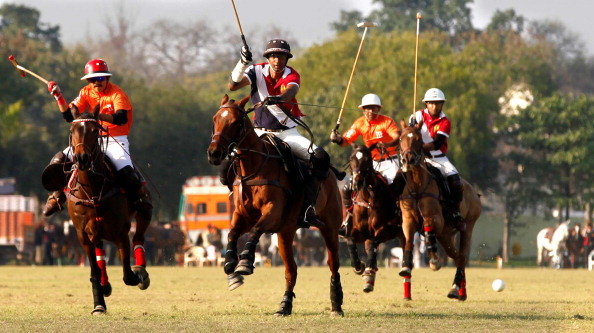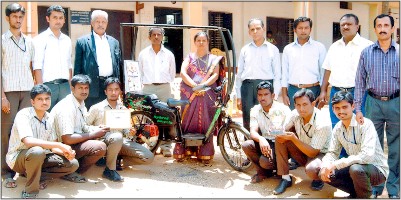
She was an educationist, philanthropist, mother and a great personality who was loved by her students and employees. She was one of the most respected personalities among her friends’ circle. Though it is 10 years since she left for her heavenly abode on April 10, 2003, late Sheila Irani still lives on in the hearts of every student who had an opportunity to study in Ideal Jawa Rotary Children’s School of which she was the Principal and Correspondent for more than three decades. Here is a tribute….
Born on June 6, 1922 at Nainital in the then Uttar Pradesh (presently the city is located in Uttarakhand) to George Egbert Ferguson and Una Maud Ferguson, Sheila got trained herself as a nursery teacher in St. Margaret’s College, Bombay. She taught in Delhi, before shifting to Mysore in 1951 following her marriage to Farrokh K. Irani, Founder of Ideal Jawa factory. While F.K. Irani looked after the business, Sheila Irani spent most of her time teaching children. She started Ideal Jawa Rotary Children’s School on January 25, 1968 which went on to become one of the prestigious schools in Mysore.
Sheila Irani was not only involved in teaching students, but also in many charity programmes along with Farrokh Irani. Many organisations were beneficiaries of their services and both Sheila Irani and Farrokh Irani became household names in Mysore. She also volunteered to serve as a nurse during the Second World War.
Sheila Irani was conferred with the Viceroy’s Certificate of Merit for her service in St. John’s Ambulance Corps. She was also the President of Inner Wheel Clubs of India and Sri Lanka during 1980-81 and also the member of International Board of Inner Wheel at London. She served as the Senior Vice-President of All India Anglo-Indian Association, Delhi.
Sheila Irani was the Vice-President of Chamundi Children’s Home and Orphanage which she looked after for more than 25 years. She regularly visited Lepers’ Colony on Nanjangud Road and served them with love and affection. The Irani couple was blessed with three children — Raian F. Irani, Maureen Fernandez and Kairus F. Irani.
Speaking to Star of Mysore, Swarna Chittaranjan, Principal, Ideal Jawa Rotary Primary School, said that Sheila Irani was a highly respected personality in Mysore who believed that money was not the criteria to help the poor. During her visits to Lepers’ Colony she used to serve them with her own hands and clean their wounds which showed her motherly affection towards the downtrodden.
“She encouraged students to read books and took utmost care of their overall development. Even today we have been following her footsteps and working continuously to maintain the standard she has set for the school. I feel really proud to be sitting in her seat,” said Swarna Chittaranjan.
Many of her staff members still remember her and pay rich tributes to Sheila Irani for her services to the field of education and society. Raghavendra, Manager of the School, said it was a proud feeling to have worked with Sheila Irani. In his words, she was a dynamic and daring personality who made her staff work hard to provide quality education to students. “We are proud to say that whatever we are today it is because of her and the school. She always used to think about the school and work for the betterment of students by encouraging them in both academics as well as extra-curricular activities,” said Raghavendra.
Shelia Irani gave a lot of importance to arts and crafts and made sure that every student is taught arts and crafts while in school. In fact, there was a separate class for primary school, where teachers taught the kids to create different art works. There was also a drawing class for the higher primary school. The crafts and art works by students were displayed in school every year during the ‘Open Day’ which was started by Sheila Irani to mark the opening of the school on January 25, 1968.
The fun part was in the Lower Kinder Garten (LKG) where children were left to play the whole day. She made sure that he children had fun during LKG and only in the last hour they were taught alphabets and nursery rhymes. Children were served with snacks and milk during school hours to provide them with homely atmosphere. She was truly a mother who took care of her students.
Anne D’Monte and Lawrence D’Souza, former Head Mistresses, Ideal Jawa Rotary Children’s School, shared their experiences with SOM by paying rich tributes to their beloved Sheila Irani ma’m. According to them, Sheila Irani was humble hearted and straight-forward. “She took special care of students, especially the differently abled children and those below the standard mark. She also checked the food the children were eating and made sure that they had nutritious food. She always thought about the school and overall development of the students,” they added.
At the time when Rotary School was at its prime, Sheila Irani gave importance to differently abled children. There are examples of many differently abled students having studied in Ideal Jawa Rotary Children’s School and reach respectable positions in their professional life.
Ann Lillian Ratna and Jane Kunder, both teachers at Ideal Jawa Rotary Primary School, said that Sheila Irani was a gem of person with humble heart but at the same time very strict too. They said that she respected everyone and treated everyone equally. “As teachers we learnt to be punctual, honest and sincere towards our profession. She has been a model for all teachers in the school who made sure that right methods were used by teachers to teach the children,” they recalled.
To give an example of Sheila Irani’s generosity, she used to charge a mere Rs. 30 per month as school fee and for children with special ability Rs. 15 was collected. She always believed that parents should not be taxed in the name of school fee.
Sharing her experience with Sheila Irani, Anuraga Gowtham, an alumni of Ideal Jawa Rotary School, said that when she was in Class 6, five Guides were selected to participate in a camp out of which two students could not afford to attend the camp. When Sheila Irani got to know about it, she sponsored the entire camp for all the five Guides. Anuraga also said that every time during the stitching class she used to visit the class and insist that all girls learnt stitching. In fact there was one occasion when she scolded a few girls for not practicing their stitching.
Recognising her services to the field of education and society, she was nominated as the member of Legislative Assembly for two terms between 1969 and 1978. She was even nominated as the member of Lok Sabha during 1995-96 as a representative of Anglo-Indian community in the country. She was the Senate member of University of Mysore between 1993 and 1995.
Sheila Irani was the Trustee of Holdsworth Memorial Hospital (Mission Hospital), Board of Management member of P.K. Sanatorium in Mysore, Advisory Committee Member of K.R. Hospital, Trustee of Ideal Jawa Rotary Physically Handicapped Trust and Rotary Children’s Library Association. She was also a member of Bharatiya Vidya Bhavan-Mysore Kendra, Member of Mysore Agenda Task Force (MATF), Executive Member of Frank Anthony Public School, Bishop Cotton School and Cathedral School, all in Bangalore and Laidlaw Memorial School in Ooty. She was a member of Mysore Race Club Charitable Trust.
Sheila Irani was so fond of her school even during her days in hospital, she told her teachers that she would be back in the school soon to inaugurate the new nursery block. Unfortunately, she breathed her last on April 10, 2003, which is also the last working day of the academic year.
Many of her students, colleagues and friends remember her even to this day and pray for her soul to rest in peace.
source: http://www.starofmysore.com /Star of Mysore / Home> Feature Articles / by S. N. Venkatnag Sobers / April 10th, 2013








